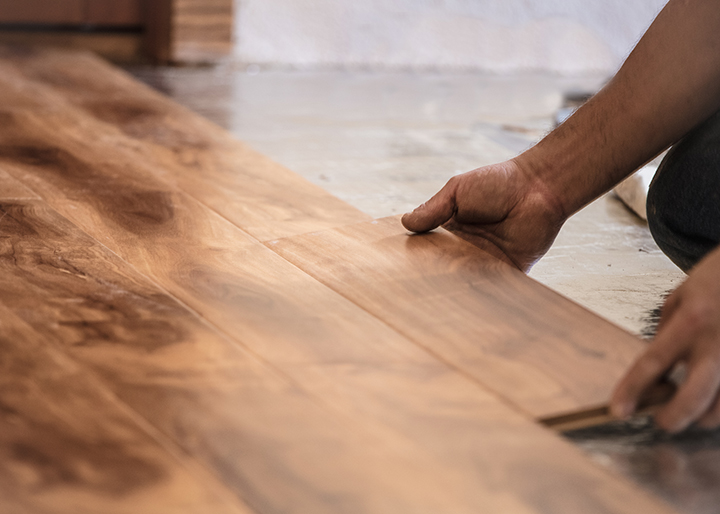Single Family Institutional Investor Industry Turns 10
A Look at the Evolution of the Industry and What to Expect in the Future By John Gordon In an issue of REI INK dedicated to the fix-and-hold single family rental business, it is appropriate to note that many of the institutional investors have or will celebrate their tenth anniversary this year. If we take a quick glance across the playing field, we see Invitation Homes, Progress Residential, Main Street
Read More












